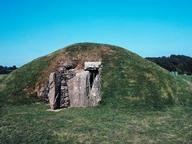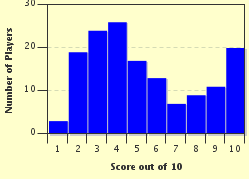Quiz Answer Key and Fun Facts
1. In 1822 the Revd William Buckland led an excavation in a cave at Paviland on the Gower peninsula. The dig unearthed the remains of a human being who had been buried there circa 30,000 years ago. What name was given to this skeleton?
2. What name is given to the culture which flourished in Wales during the Bronze Age and Iron Age?
3. Which son of Cynfelyn/Cunobelinus/Cymbeline was one of the leaders of the opposition to the Roman invasion of Britain c. 52 CE?
4. Moving on a few centuries, and skipping a vast chunk of important Welsh history, we reach Oes y Tywysogion, the Age of the Princes. Which of these gentlemen is credited with codifying the Welsh laws?
5. Moving forwards a few years, we reach the 13th century. Which of these married Siwan/Joan, daughter of King John of England?
6. Which of these is considered to be the last true Prince of Wales?
7. Which eminent poet and hymnwriter lived at Pantycelyn, Pentre-ty-gwyn?
8. The Arabs are credited with inventing the zero, but which of these eminent Welshmen invented the sign for equality, the = sign?
9. Which of these was not one of Tri Penyberth, the 'Penyberth three', who set fire to a shed at the RAF training camp of that name (known as 'yr ysgol fomio' - 'the bombing school') near Pwllheli, Lly^n, in 1936?
10. Name the bass-baritone from Pantglas, Gwynedd, who has conquered the world with his singing.
Source: Author
Gwyddno
This quiz was reviewed by FunTrivia editor
bloomsby before going online.
Any errors found in FunTrivia content are routinely corrected through our feedback system.

